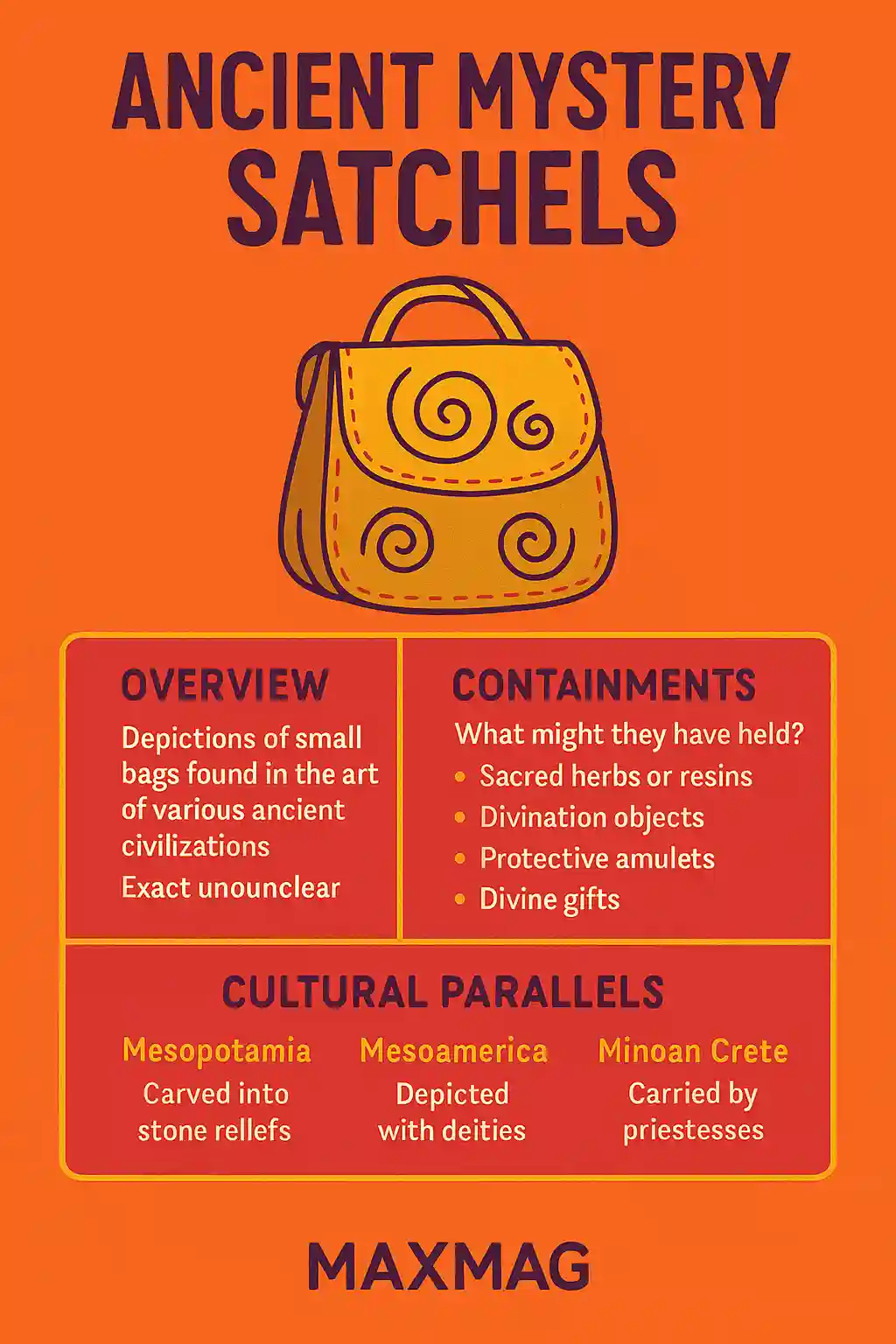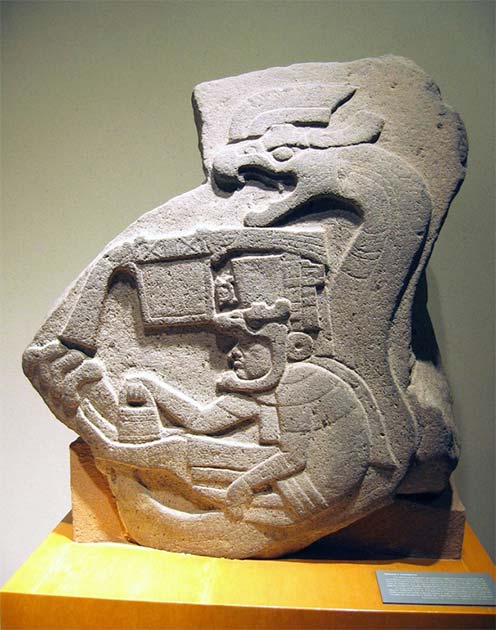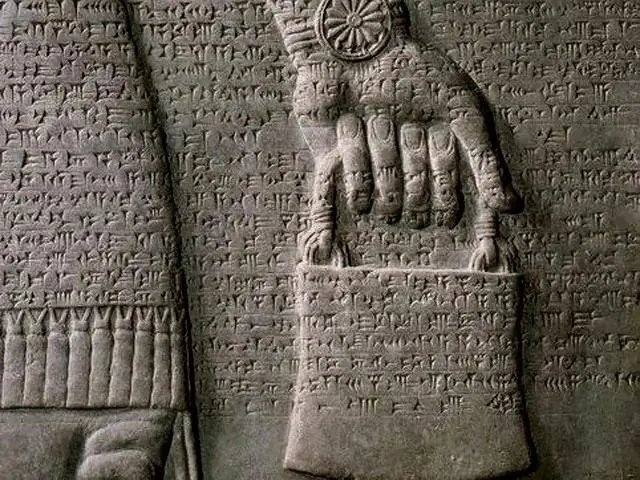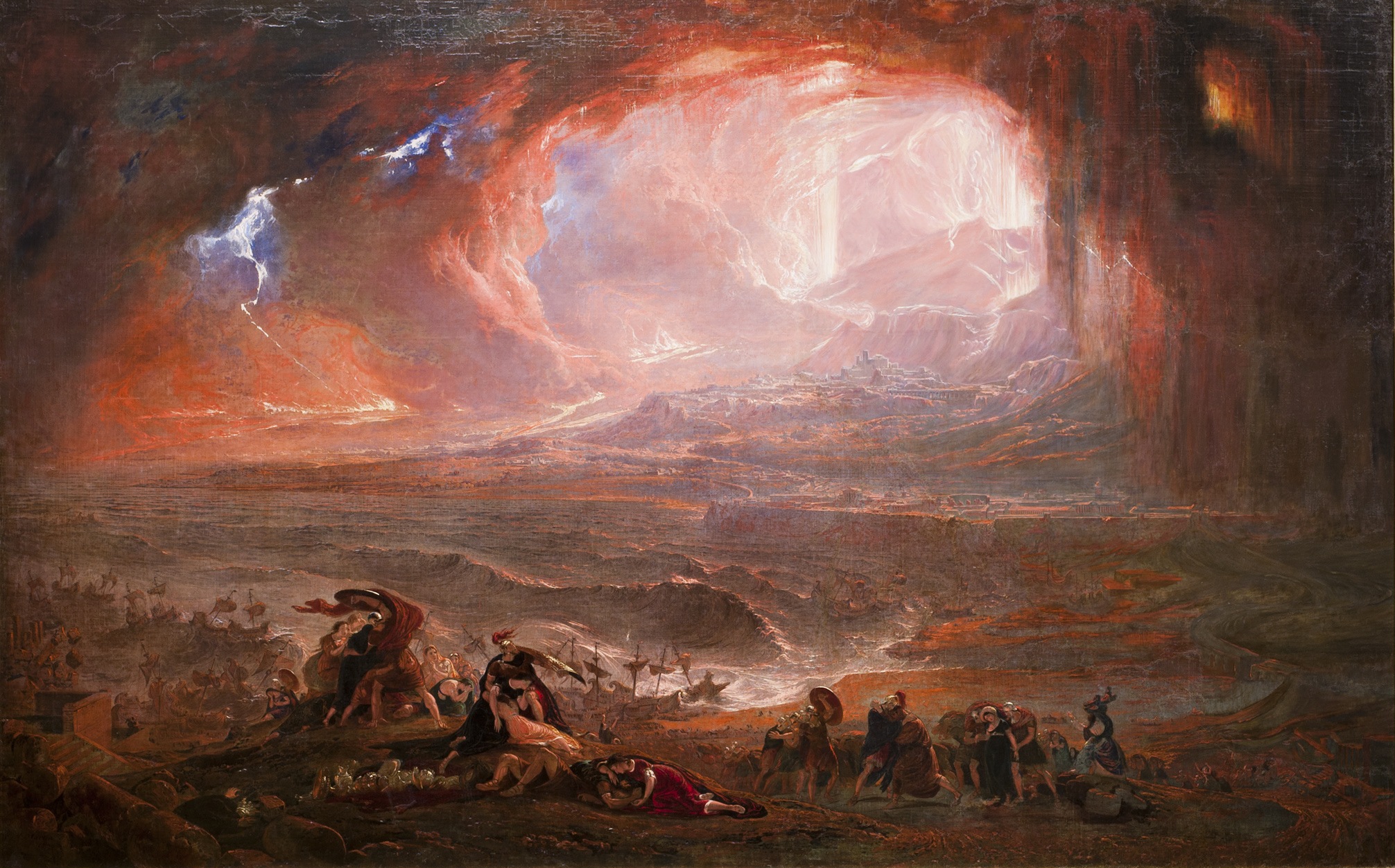
Throughout history, some artifacts speak louder through silence than sound. Among these are the ancient mystery satchels—small, often undecorated pouches that show up in archaeological digs from Mesopotamia to Minoan Crete. Though simple in form, their recurrence across unrelated civilizations has left researchers intrigued and mystified.
What purpose did these modest containers serve? Why were they buried with the dead, carved into temple walls, or depicted in the hands of gods? In this feature, we explore the possible meanings and evolving theories behind the ancient mystery satchels—an archaeological puzzle that continues to inspire debate, speculation, and wonder.
The First Glimpse: A Bag Without a Label
The first known discovery of a satchel-like object dates back thousands of years, often emerging in funerary contexts or within sacred shrines. Unlike ornate jewelry or weaponry, these pouches were humble in appearance—sometimes made of cloth, leather, or organic fibers that degraded over time, leaving only imprints or trace elements behind.
What makes them stand out is their frequency across space and time. From Sumerian cylinder seals to Olmec sculptures and Minoan frescoes, the ancient mystery satchels appear again and again—carried by deities, priests, or royalty.
And yet, they remain unexplained.
Cultural Parallels and Patterns
Though found in diverse regions, these satchels bear surprising similarities:
-
In Mesopotamia, stone carvings from Assyrian palaces show winged figures holding bucket-like satchels, often interpreted as containers of life-giving substances.
-
In Central America, depictions of the god Quetzalcoatl and other divine figures holding pouch-like items suggest symbolic authority or ritual function.
-
In Minoan Crete, female figures painted on wall frescoes carry soft pouches, possibly related to fertility rites or priestess rituals.
These parallels suggest that ancient mystery satchels were more than just containers—they were icons of something deeply spiritual.
What Might They Have Contained?
While the satchels themselves rarely survive intact, residue testing and context clues offer possibilities:
-
Sacred herbs or resins, such as myrrh or frankincense, used in religious rites or purification ceremonies.
-
Divination tools, like small bones, pebbles, or oracle stones.
-
Protective amulets to guard against evil or disease.
-
Tokens of passage, such as coins or figurines buried with the dead.
According to a study by the University of Pennsylvania Museum of Archaeology and Anthropology, residue analyses of such pouches from burial sites have confirmed traces of aromatic oils and plant materials—signs that these were no ordinary carryalls.
Symbolism Beyond Function
Perhaps the greatest mystery of these satchels lies not in what they held, but in what they meant.
Some historians suggest they symbolized spiritual authority, acting as portable sanctuaries for sacred objects. Others propose they represented life itself—a visual metaphor for carrying knowledge, protection, or divine essence.
In this sense, the ancient mystery satchels might be comparable to modern symbols of faith. Just as a monk’s beads or a Christian scapular carry meaning beyond their material, so too might these ancient pouches have served as bridges between the physical and spiritual realms.
A Closer Look: The Minoan Example
In the ruins of Knossos, archaeologists uncovered painted frescoes where women—believed to be priestesses—carry satchels hanging from sashes. The pouches are depicted mid-motion, suggesting their importance in rituals.
No written explanation accompanies the art, yet their prominence indicates ceremonial use. Scholars theorize these bags may have held herbs, spell scrolls, or tokens of status.
The ancient mystery satchels found in this Aegean context align closely with similar finds in Mesopotamia, reinforcing the theory of symbolic convergence across early civilizations.

From Sacred Object to Forgotten Relic
Over time, the satchel may have lost its sacred aura, becoming a mundane item or fading entirely from cultural memory. But echoes of its role survive:
-
In Indigenous American medicine pouches, healers still use small leather bags filled with meaningful items for spiritual guidance.
-
In Tibetan traditions, monks carry prayer beads and relics in cloth satchels during pilgrimages.
-
Even today’s personal talismans—photos in wallets, crystals in pockets—suggest an unconscious continuation of this ancient tradition.
The ancient mystery satchels are thus not only historical artifacts but part of an ongoing human narrative.
The Science Behind the Mystery
Modern archaeology has brought new tools to the table:
-
Mass spectrometry identifies organic compounds in soil near pouch remnants.
-
Microscopy reveals stitching patterns or material types.
-
3D scanning helps digitally reconstruct satchels based on impressions left in surrounding soil.
According to researchers at Harvard’s Peabody Museum, applying these technologies to ceremonial items allows scientists to reimagine objects that would otherwise be lost to time.
Why the Fascination Persists
The allure of these artifacts lies in their ambiguity. With no definitive answers, each theory tells us more about our need to interpret, organize, and find meaning in the unknown.
As one archaeologist put it, “Sometimes, the silence of an object speaks louder than a thousand inscriptions.” The ancient mystery satchels, modest as they are, whisper volumes about the inner lives of people who lived thousands of years ago.

Frequently Asked Questions
What are ancient mystery satchels?
They are small bags or pouches found in ancient burial sites and temples across several civilizations, believed to have held symbolic or ritual items.
Were they used across multiple cultures?
Yes. They’ve been discovered in Mesopotamia, Mesoamerica, Minoan Crete, and more—often depicted in religious or royal contexts.
Do we know what they contained?
Not definitively. Residue testing points to herbs, oils, or charms, but much remains unknown due to decomposition over time.
Are they displayed in museums today?
Yes, some impressions and reconstructions can be seen in museums like the Metropolitan Museum of Art and the Field Museum.
Why are they called “mystery” satchels?
Because their purpose, contents, and exact cultural significance are still debated among experts—they remain unsolved artifacts of history.
Conclusion
In an age of digital overload and fast answers, the enduring mystery of these tiny bags offers something rare: a pause. A question without a clean conclusion. The ancient mystery satchels may be small in size, but their impact on our imagination is immense. They remind us that history is not always about what we know—but about what we long to understand.




